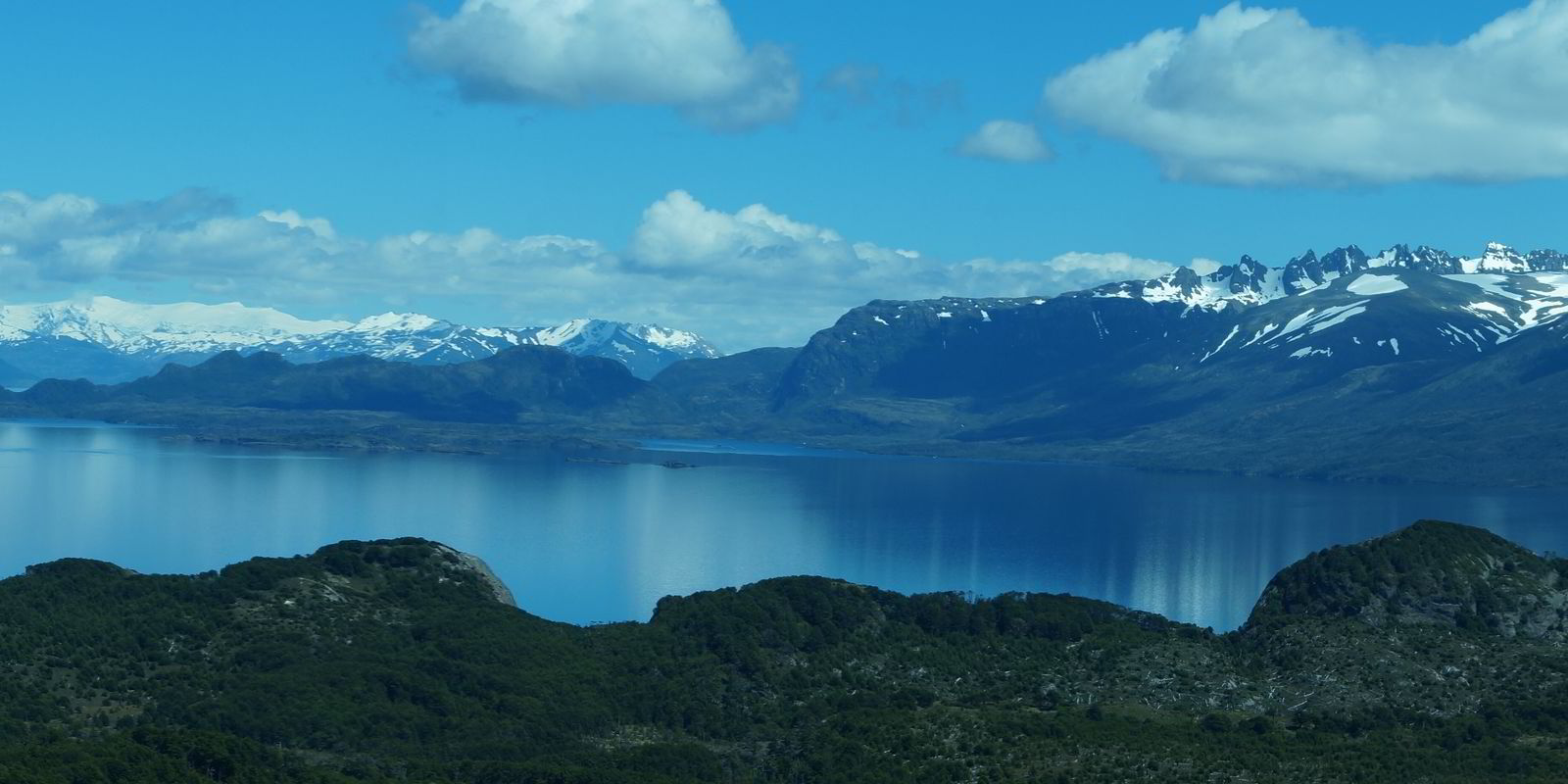
Companies such as Cermaq and Los Fiordos are expected to utilize close to full capacity, while it is estimated that Marine Harvest will only utilize half its capacity.
“We need there to be a lot less, but bigger farm sites in Chile. We have a long way to go,” Ivan Vindheim, CFO at Marine Harvest, said in his address to the Danske Bank seminar in June.
The main reasons for low capacity utilization have been unsuitable locations of production licenses, onerous logistics and tough environmental conditions.
“The industry has lost money for several years now. The structure down there isn't sustainable," Vindheim said at the seminar.
"We need new regulations. There are too many farm sites. Density is too intense in the cages for the fish. This cannot continue if they are to achieve sustainable aquaculture."
The US market has "collapsed" for the sector, Vindheim noted, putting further pressure on companies.
"All the producers down there are losing money, which we also did in the first quarter. Chile is a worry, and something has to be done,” he said.
From 2013 to 2014 production ramped up considerably in Chile. For Atlantic salmon the increase was a whole 25 percent to around 580,000 metric tons. Total production of salmonids (Atlantic, trout and coho) rose 20 percent to 895,000 metric tons.
However, for 2015 most companies experienced a moderate fall due to a combination of biological challenges and pressure on liquidity in a number of aquaculture companies.
